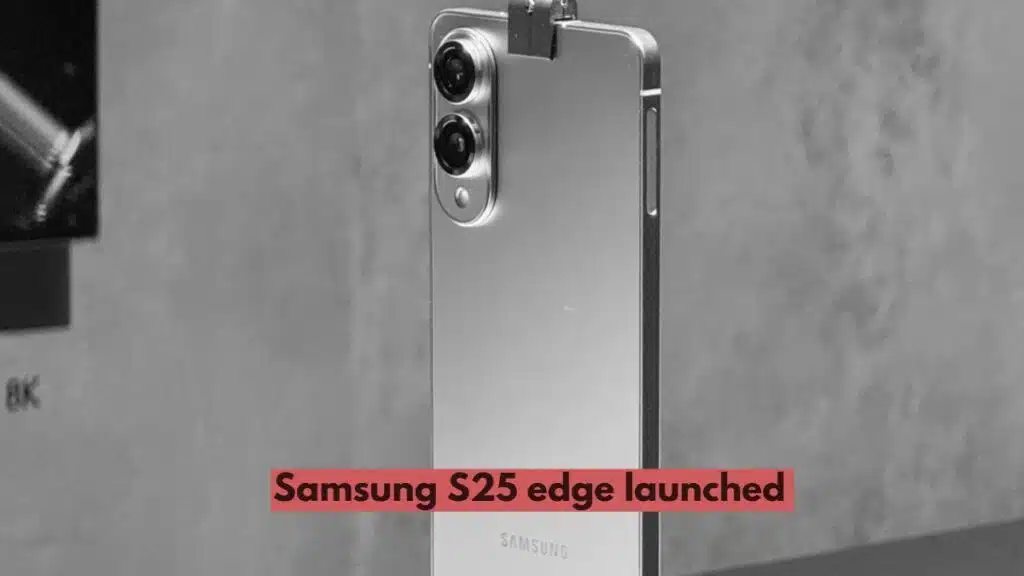Apple’s upcoming iPhone 17 Air is widely expected to be the thinnest handset the company has ever produced—but that sleek design may come at the cost of shorter battery life, according to early reports.
A recent article by The Information claims internal testing suggests only 60 to 70 per cent of users will be able to get through a full day on a single charge. That’s a notable drop compared to the 80 to 90 per cent range seen in current and previous iPhones.
The thinner chassis is likely a contributing factor; analyst Ming-Chi Kuo estimates the device will measure just 5.5mm at its slimmest point, making it significantly more compact than its predecessors.
In a bid to address the expected power trade-off, Apple is said to be developing a dedicated battery case for the iPhone 17 Air. The company last offered battery cases for iPhone 11 series and briefly introduced the MagSafe Battery Pack for newer models before discontinuing it. The new case would reportedly connect via the USB-C port, in line with Apple’s latest hardware standards.
However, not all sources are in agreement about the phone’s performance. Bloomberg’s Mark Gurman reported in March that battery life on the iPhone 17 Air would be “on par with current iPhones”, citing internal optimisations in both hardware and software, though details were sparse.
There are also indications that Apple may integrate new technologies to offset the smaller battery. These include a higher-density battery design, the use of Apple’s more efficient in-house C1 modem, and the possible omission of the Ultra Wide camera lens—freeing up internal space for a larger battery cell.
Even so, uncertainty remains. With conflicting reports and no official word from Apple it’s still unclear how the iPhone 17 Air will balance form and function. The device is expected to be unveiled in September, leaving room for more clarity in the months ahead.
Read next: Apple iPhone 17 Air: How thin is it?






